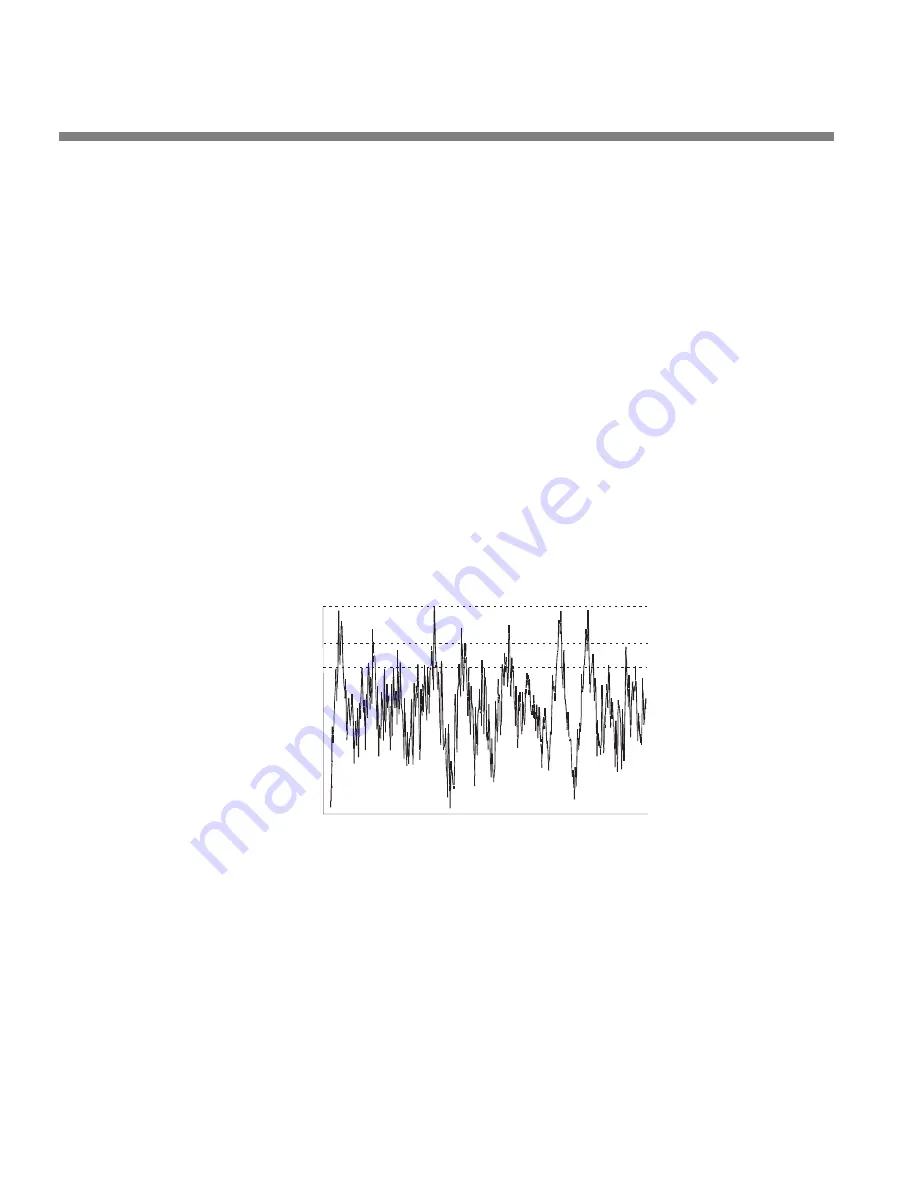
1-4
INTRODUCTION
ORBAN MODEL 1100
Audio Processing for Netcasts
Professional-grade netcasting requires audio processing similar to FM broadcast (al-
though there are some important differences in the peak limiting because of the
different characteristics of the pre-emphasized FM channel and the perceptually
coded netcasting channel). Your listeners deserve to get the best quality and consis-
tency you can provide. Good audio processing is one important thing that separates
the amateur from the professional.
Conventional AM, FM, or TV audio processors that employ pre-emphasis/de-
emphasis and/or clipping peak limiters do not work well with perceptual audio cod-
ers such as Orban’s Opticodec-PC® MPEG4 AAC/aacPlusV2 streaming encoder. The
pre-emphasis/de-emphasis limiting in these processors unnecessarily limits high fre-
quency headroom. Further, their clipping limiters create high frequency compo-
nents—distortion—that the perceptual audio coders would otherwise not encode.
None of these devices has the full set of audio and control features found in Opti-
mod-PC.
Peak clipping sounds bad even in uncompressed digital channels because these
channels do not rely on pre-emphasis/de-emphasis to reduce audible distortion. In-
stead of peak clipping, OPTIMOD-PC uses look-ahead limiting to protect the follow-
ing channel from peak overload.
Measuring Studio and Transmission Levels
ABSOLUTE PEAK
PPM
VU
Figure 1-3: Absolute Peak Level, VU and PPM Reading
Studio equipment (like mixers) and transmission equipment (like codecs) typically
use different methods of metering to display audio levels. The VU meter is an aver-
age-responding meter (measuring the approximate RMS level) with a 300ms rise
time and decay time; the VU indication usually under-indicates the true peak level
by 8 to 14 dB. The Peak Program Meter (PPM) indicates a level between RMS and
the actual peak. The PPM has an attack time of 10ms, slow enough to cause the me-
ter to ignore narrow peaks and under-indicate the true peak level by 5 dB or more.
The absolute peak-sensing meter (the type most common in codecs) shows the true
peak level. It has an instantaneous attack time, and a release time slow enough to
allow the engineer to read the peak level easily. All of OPTIMOD-PC’s level meters
are absolute peak sensing.






























